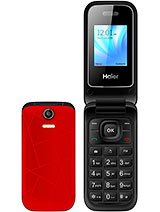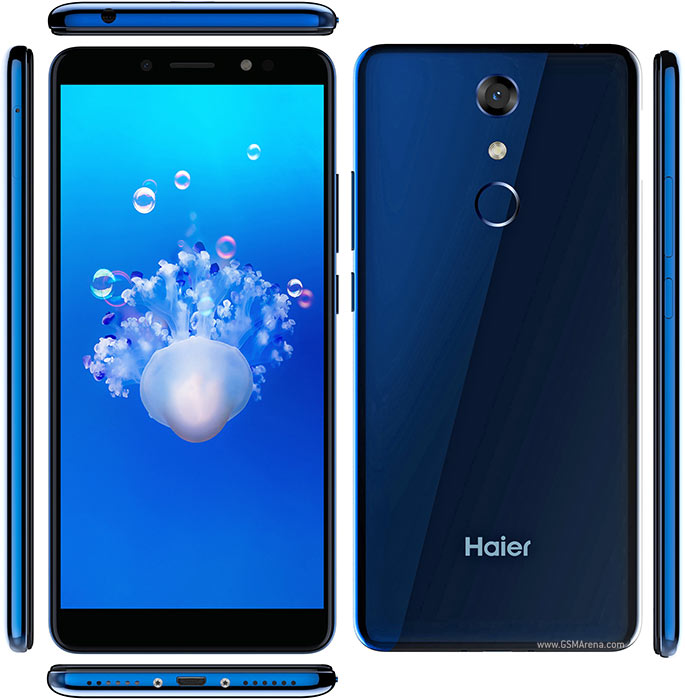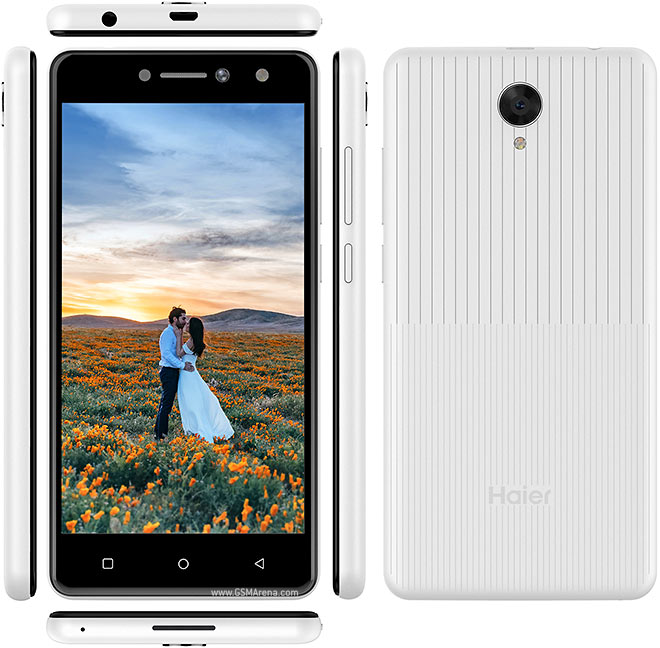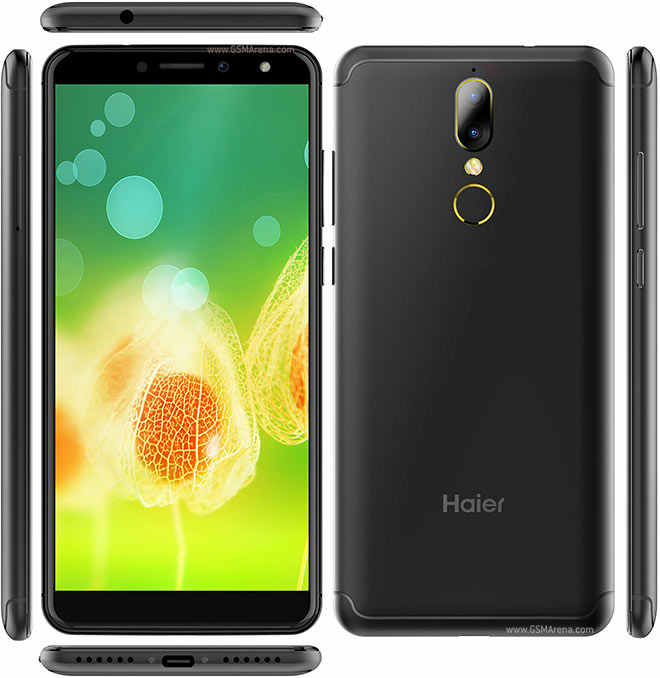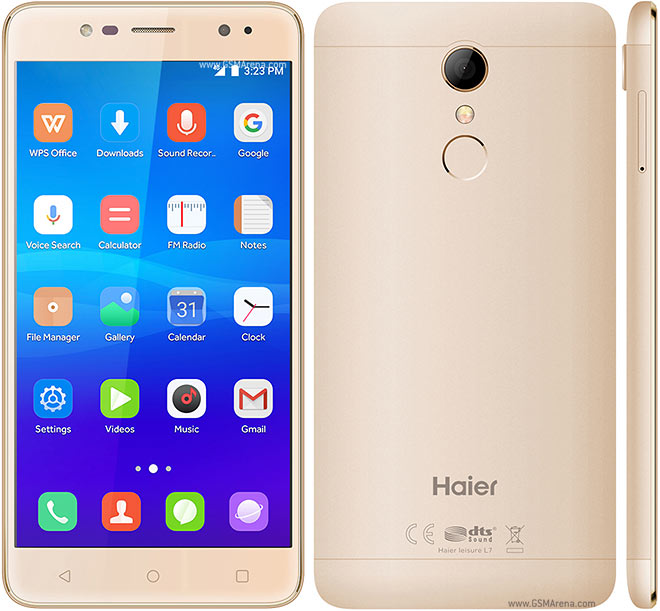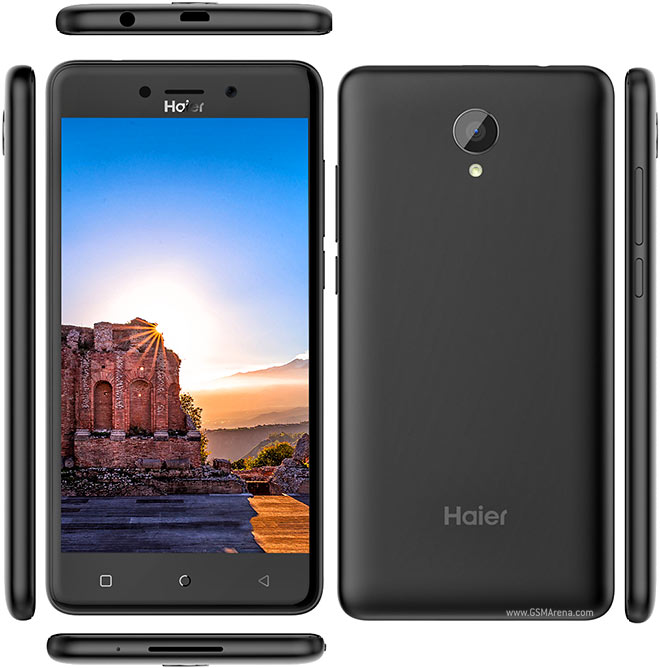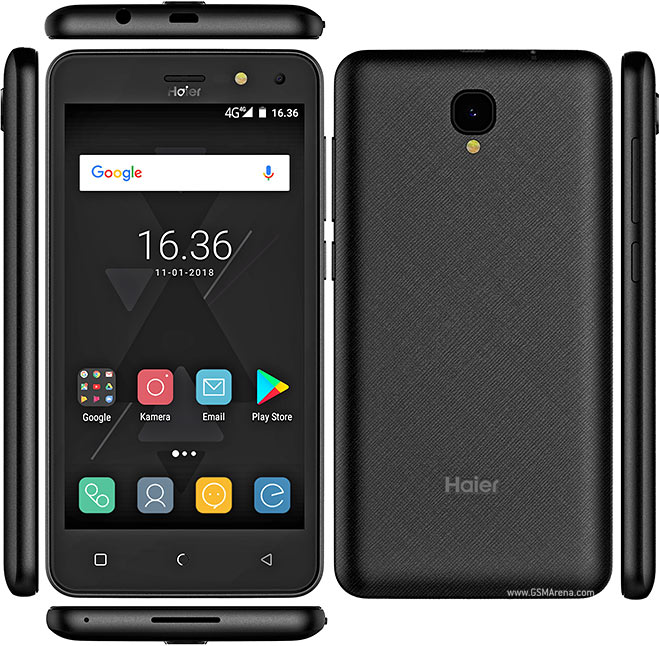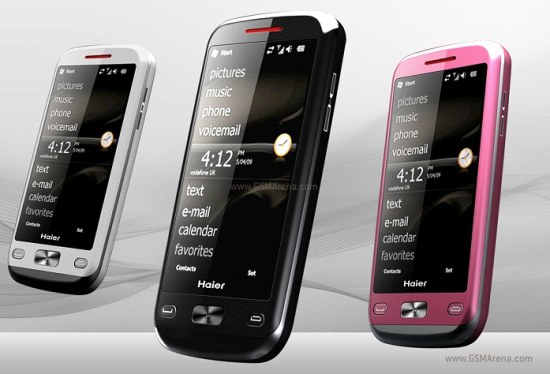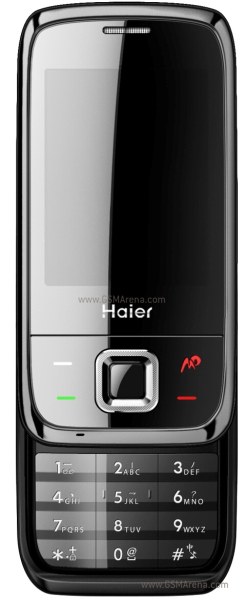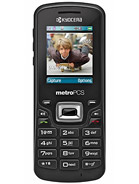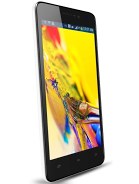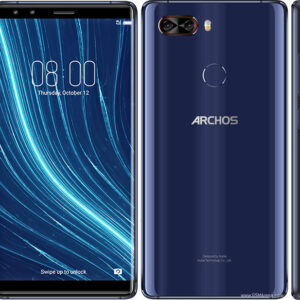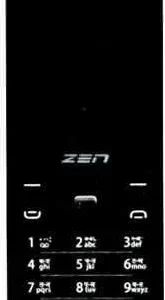Haier M80 Overall Review
The Haier M80, announced in Q2 2006, is a feature phone that brings to the table the quintessential functionalities expected from mobile devices of its era. Sporting a 2.0-inch display, the M80 is tailored for users who prioritize straightforwardness and the core calling and messaging capabilities over the multifaceted features of modern smartphones.
One of the standout features of the Haier M80 is its 2 MP primary camera, which, for its time, provided users with the ability to capture images with reasonable clarity. Moreover, the phone is equipped with a 630 mAh battery, aiming to deliver a solid performance for day-to-day use without the need for constant recharging.
In an age where mobile devices are increasingly complex, the Haier M80 harks back to a simpler time, offering ease of use with its physical keypad and a compact design that ensures portability and ease of handling.
Haier M80 Pros and Cons
Pros:
- Compact and lightweight design, enhancing portability.
- The 2 MP camera is suitable for basic photography needs.
- Physical keypad for those who prefer tactile feedback over touchscreen interfaces.
- Simple user interface, ideal for primary communication purposes.
Cons:
- Limited functionality compared to modern smartphones, lacking support for advanced applications and internet browsing.
- The small screen size may not be suitable for media consumption.
- Battery life might be insufficient by today’s standards, given the advancements in battery technology.
- Lacks modern connectivity options such as Wi-Fi, 3G, or 4G.

